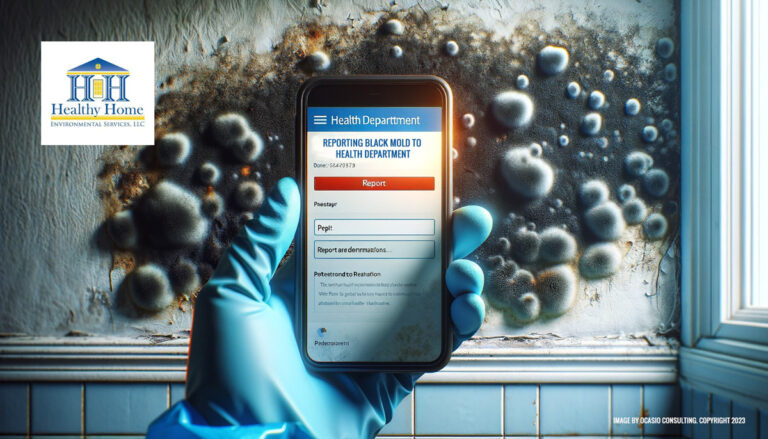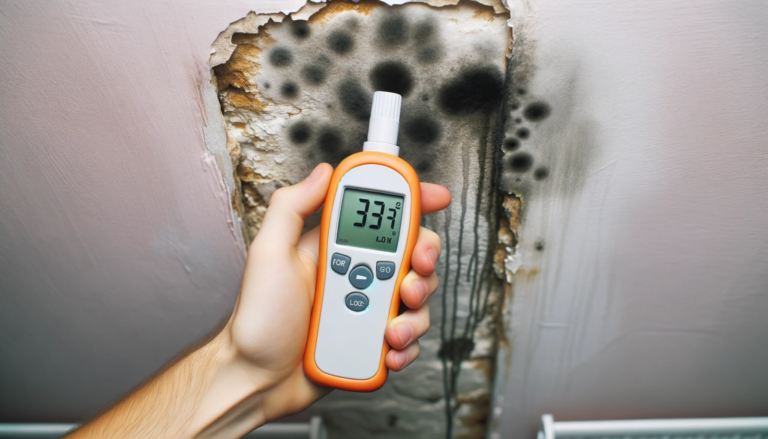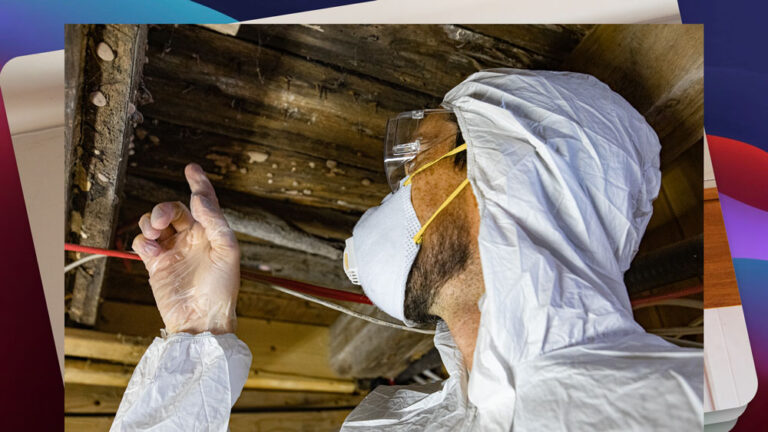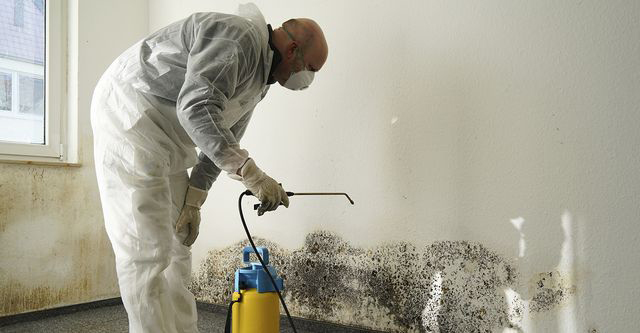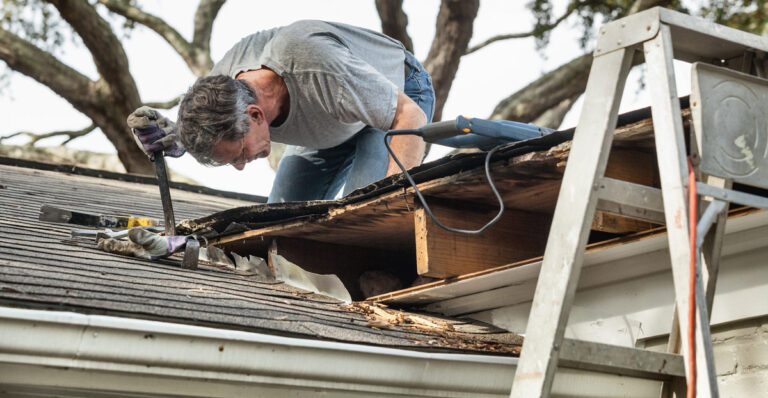Black mold in sink drain: How to get rid of it
Table of Contents
Black mold in sink drains is a common problem that can cause serious health issues if left unattended. This type of mold can grow quickly in damp, dark places like sink drains, and it can be difficult to remove once it has taken hold.
In this article, we will provide you with all the information you need to know about black mold in sink drains, including how to identify it, why it’s dangerous, and most importantly, how to get rid of it.
Identifying Black Mold in Sink Drains
Black mold in sink drains can be difficult to identify, but there are some common signs that can help you determine if you have a problem. The first sign of black mold is usually a dark, slimy substance that builds up around the drain.
This substance can be difficult to remove and may have a strong, musty odor. Other signs of black mold include discoloration around the drain, a foul smell coming from the drain, and a slow-moving drain.

Why Black Mold in Sink Drains is Dangerous
Black mold in sink drains is dangerous for several reasons. The first reason is that it can cause serious health problems, particularly for those with respiratory issues like asthma or allergies.
Exposure to black mold can lead to symptoms like coughing, sneezing, and difficulty breathing. Long-term exposure to black mold can even lead to chronic health problems like lung disease.
Another reason why black mold is dangerous is that it can spread quickly throughout your home. If left unchecked, black mold can grow and spread to other areas of your house, making it more difficult and expensive to remove.
How to Get Rid of Black Mold in Sink Drains
Getting rid of black mold in sink drains can be a difficult task, but it’s not impossible. Here are some steps you can take to remove black mold from your sink drain:
Step 1: Wear Protective Gear
Before you start removing black mold, it’s important to wear protective gear like gloves, goggles, and a face mask. This will help prevent you from inhaling any mold spores or coming into contact with the mold.
Step 2: Clean the Drain
The first step in removing black mold from your sink drain is to clean the drain thoroughly. You can do this by using a mixture of hot water and bleach or vinegar. Pour the mixture down the drain and let it sit for a few minutes. Then, use a pipe brush to scrub the inside of the drain, making sure to remove all the black mold.
Step 3: Prevent Future Growth
Once you have removed the black mold from your sink drain, it’s important to take steps to prevent it from growing again. You can do this by using a drain cleaner on a regular basis and keeping your sink as dry as possible.
Make sure to wipe down the sink after each use and use a fan or dehumidifier to keep the area dry.
Step 4: Call a Professional
If you’re not comfortable removing black mold from your sink drain on your own, it’s best to call a professional. A professional mold inspection company can help you identify the source of the mold and arrange remediation to remove it safely and effectively.
Preventing Black Mold in Sink Drains
Preventing black mold in sink drains is much easier than removing it once it has taken hold. Here are some steps you can take to prevent black mold from growing in your sink drain:
Step 1: Keep Your Sink Dry
The most important step in preventing black mold in sink drains is to keep your sink as dry as possible. Make sure to wipe down your sink after each use and use a fan or dehumidifier to keep the area dry.
Step 2: Use a Drain Cleaner
Using a drain cleaner on a regular basis can help prevent black mold from growing in your sink drain. You can use a store-bought drain cleaner or make your own using a mixture of baking soda and vinegar.
Step 3: Fix Leaks
Leaking pipes or faucets can create a damp environment that is perfect for black mold to grow in. Make sure to fix any leaks as soon as possible to prevent mold growth.
Step 4: Use a Mold Inhibitor
Using a mold inhibitor can help prevent black mold from growing in your sink drain. There are many mold inhibitors available on the market that are specifically designed for use in sink drains.
In conclusion, black mold in sink drains is a serious problem that can cause health issues and be difficult to remove once it has taken hold. However, by taking steps to identify and remove black mold from your sink drain, as well as prevent it from growing in the future, you can keep your home safe and healthy.
Remember to wear protective gear when removing black mold, clean your drain thoroughly, and take steps to keep your sink dry and prevent future mold growth. If you’re not comfortable removing black mold on your own, it’s best to call a professional mold services company for help.
Another reason why black mold is dangerous is that it can spread quickly throughout your home. If left unchecked, black mold can grow and spread to other areas of your house, making it more difficult and expensive to remove.



